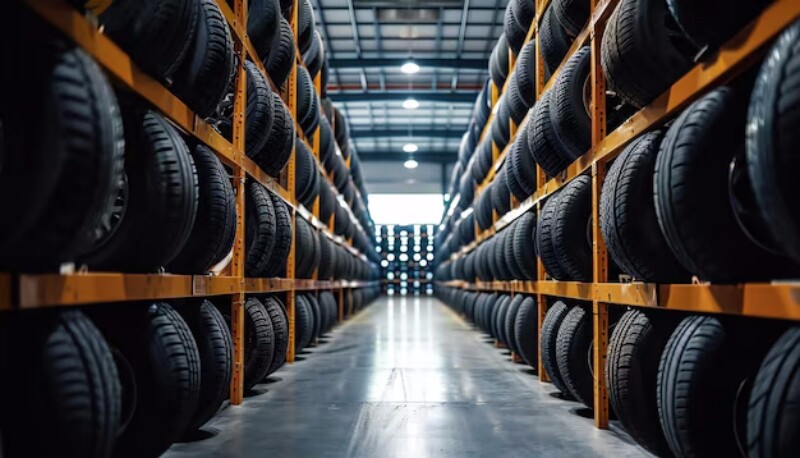
The quality of tire directly affects the normal operation and service life of locomotive. Durable tires can not only ensure the safe running of the locomotive, but also reduce costs and improve economic benefits. The technical knowledge of purchasing tires is introduced as follows:
First, choose the tire specification model.
China's current tire specifications and models, mostly to tire diameter, rim diameter, tire section width nominal size to express, tire cord materials are nylon, polyester, rayon, steel wire, cotton cord and so on. In the purchase of tires, on the one hand, the tire specifications and models should be consistent with the model, on the other hand, attention should be paid to the number of layers of tires and cord material types of tire layers, generally 6, 8, 10, 12, 14 and other levels. If 6.50-16 tires are used, class 10 tires should be selected; For locomotives with 7.50-16 tires, 12-level tires should be selected; Walking tractor, medium-sized tractor should choose 6 layers of tires. The left and right tires on the same axle should be made of the same layer, the same material and the same manufacturer, so as not to cause uneven wear due to the different quality of the tires and affect the service life. Radial tire county has the advantages of small rolling resistance, strong adhesion, good reduction, puncture resistance, not easy to burst, wear resistance and so on. Therefore, it is generally better to choose radial tires. Some operators think that the more layers of tire cord, the better, in fact, this is wrong. Because the more cord layers of the tire, the higher the price, and the heat dissipation is poor, when the weather is hot, the rubber is easy to age, and it is easy to cause a burst due to poor heat dissipation.
Second, check the tire markings.
In the purchase of tires, should be detailed to see whether the outside surface of the tire specifications model, trademark, layer number, factory name, production number, skeleton material, inspection seal, etc., if the above content is clearly marked, indicating that it is produced by a regular manufacturer. At the same time, we should also pay attention to check whether the inner tube and the outer tire specifications are consistent, whether it is a new tire, or a refurbished tire or a repaired tire.
Third, check the quality of the tire. Carefully check whether there are bubbles, bumps, deformation and sharp scratches on the surface and wall of the tire; There is no delamination, heavy skin, crack, pattern dislocation, etc. Touch the inner wall of the outer tire by hand, check whether the layout of the side wall cord is uniform, there is a wireless diameter, steel wire exposed, and the rubber is flat without convex and convex, and the general quality of the outer tire is good, the wall cord is uniform, the wireless diameter and steel wire exposed, and the rubber is flat and convex. Check whether the inner tube valve is deformed, and whether the valve screw is slipping.
Fourth, installation inflation inspection,
The selected tire is installed on the locomotive, according to the specified air pressure, put down the jack, after the tire is under pressure, check whether the tire has bumps and cracks and other abnormal phenomena, in addition, some accessories such as valve core, gasket, valve cover, etc. should be matched when purchasing tires.
Related Posts
Online Message
Please give us a message
Our goal is to become a comprehensive service center integrating processing, classification, and storage. Our mission is to be a pioneer in tyre industry value chain cost solutions and service concepts.
